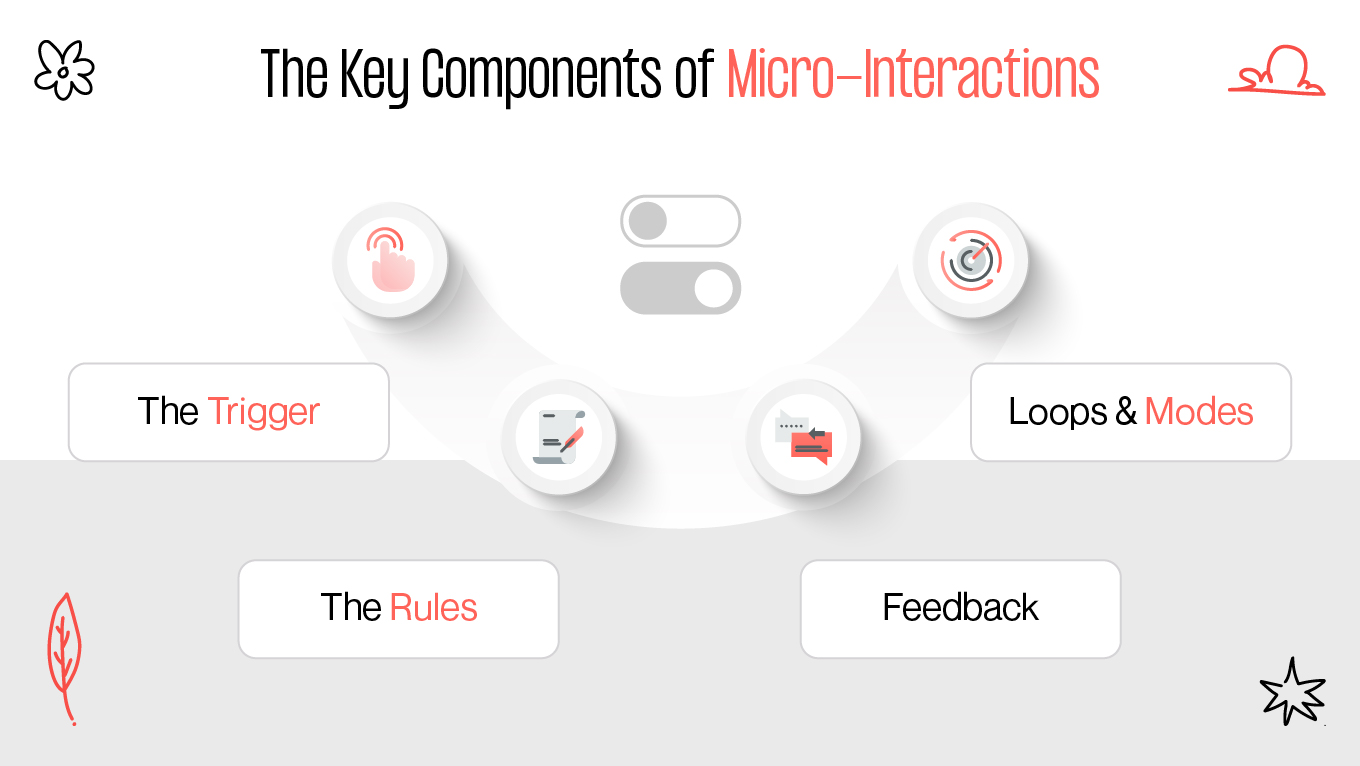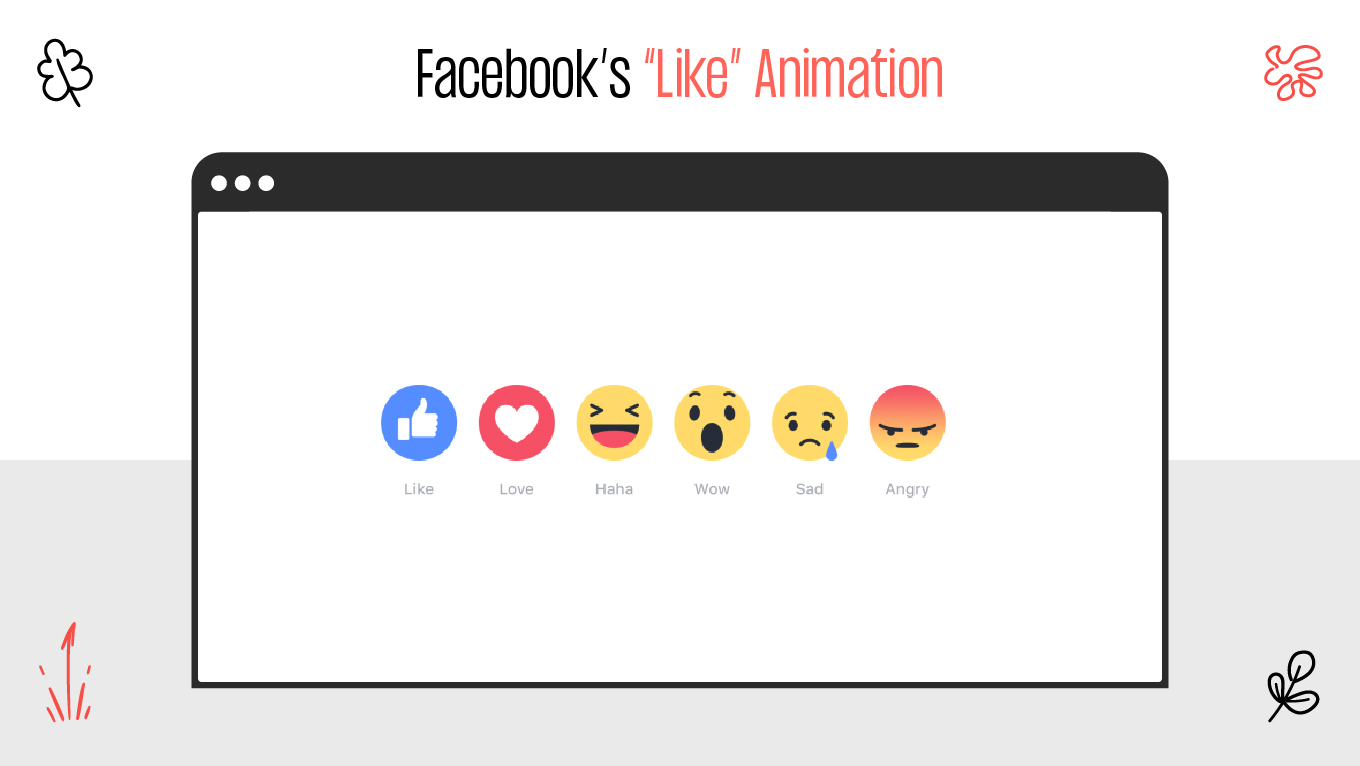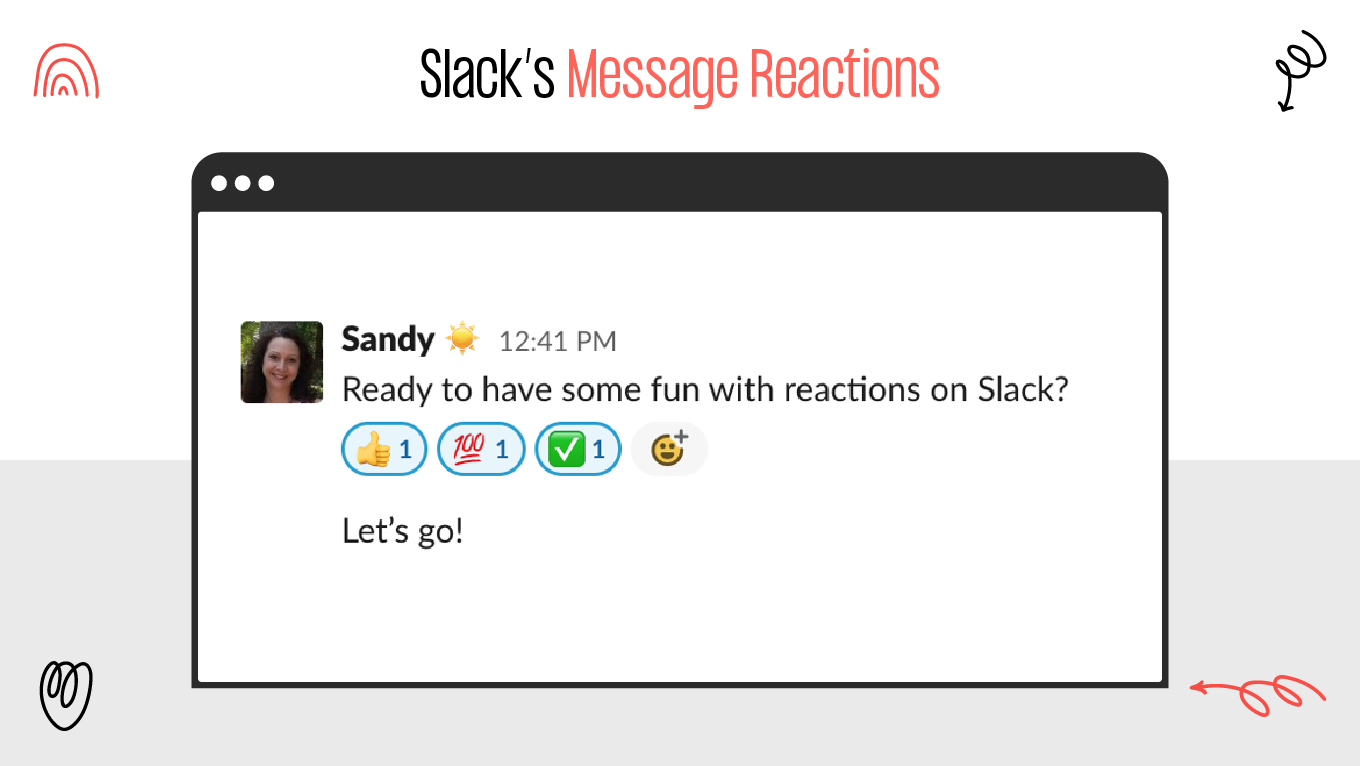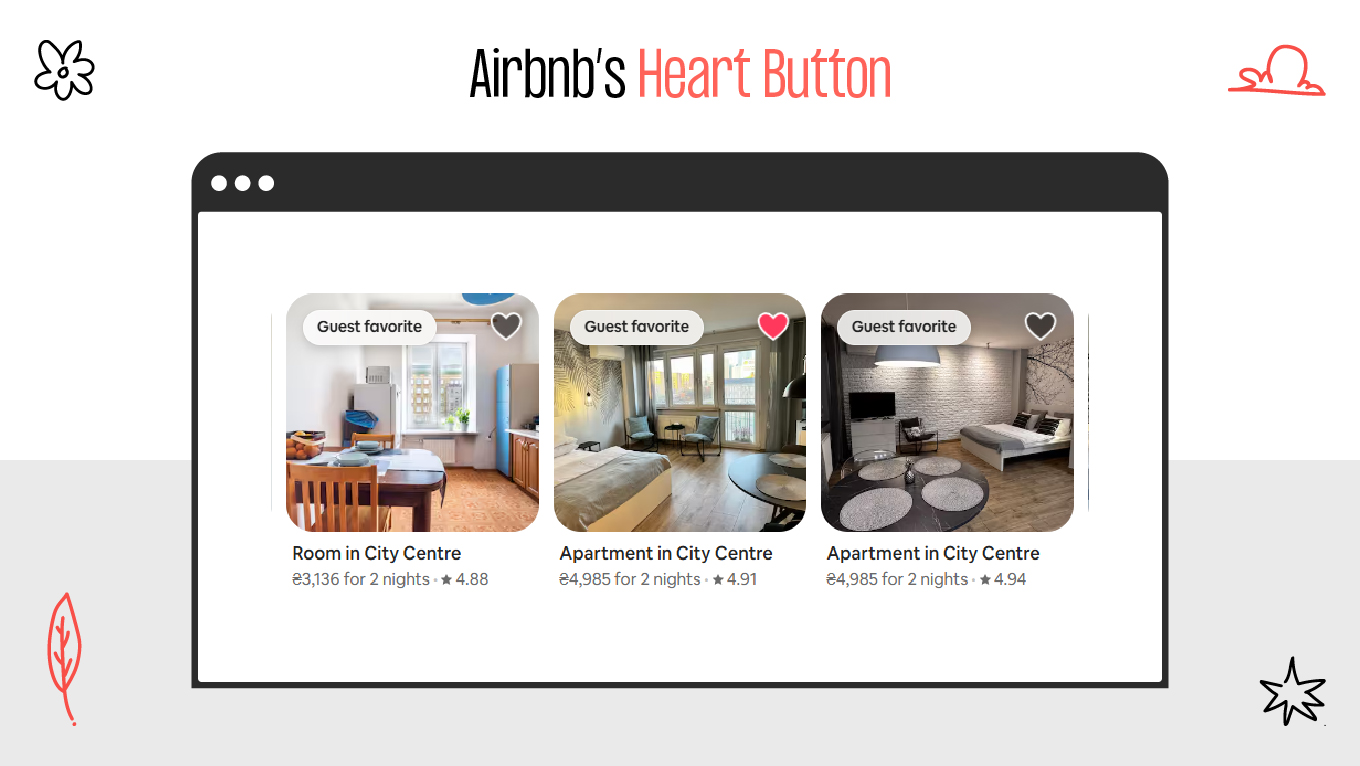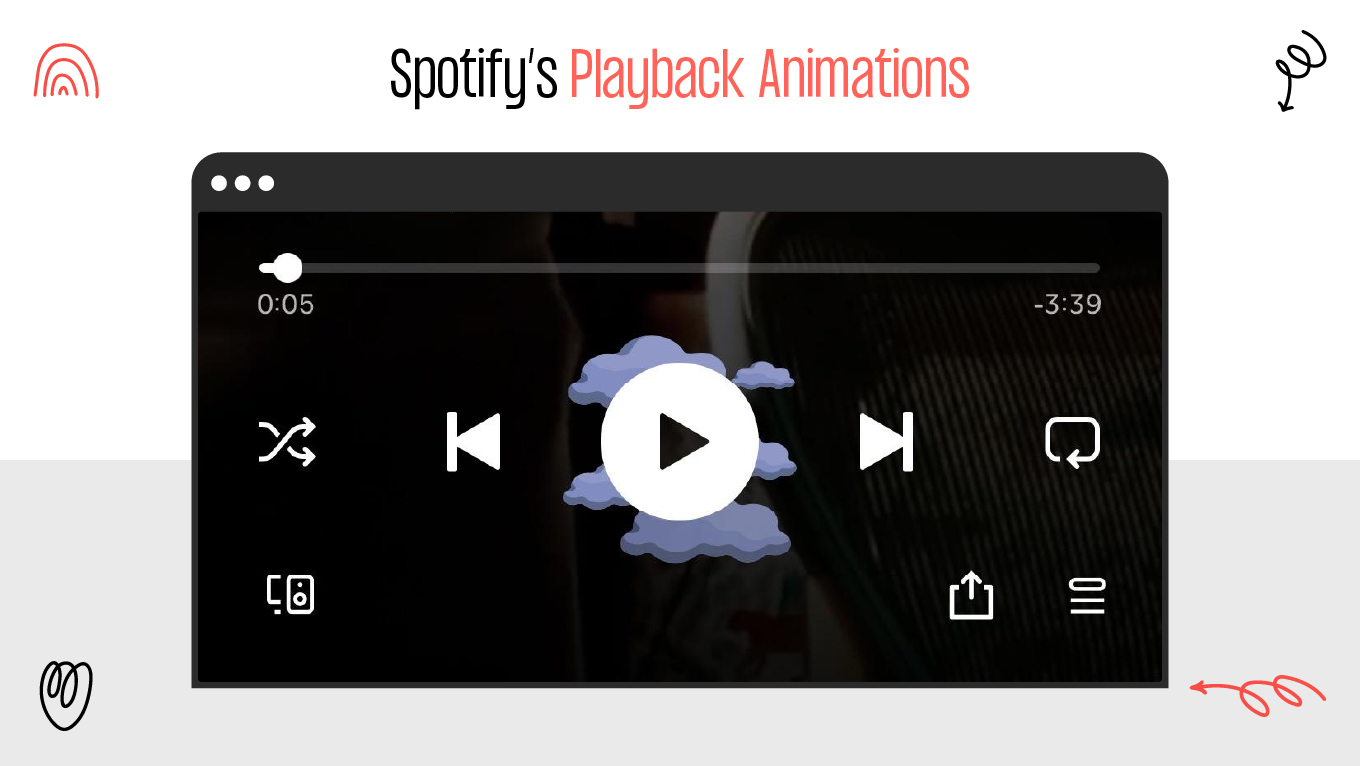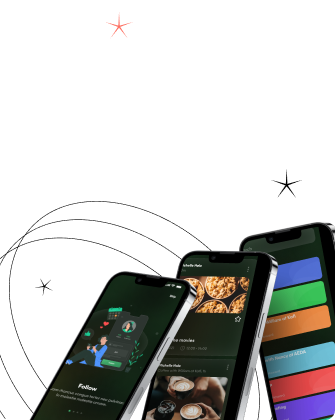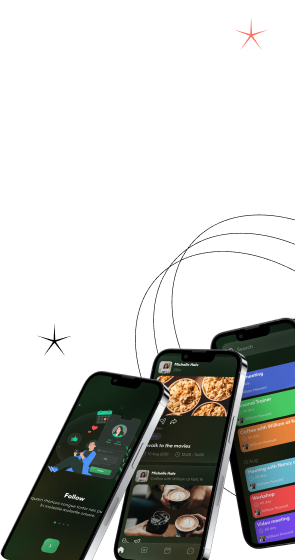In today’s competitive digital landscape, brands compete not only through visuals or messaging but through the feeling they create when users interact with their products. From the satisfying click of a button to the smooth transition between screens, every tiny animation can leave a lasting impression.
These subtle details, known as microinteractions, may seem insignificant at first glance — but they hold immense power in shaping perception, usability, and trust. They humanize interfaces, turning functional designs into emotionally resonant experiences. When executed strategically, microinteractions become a crucial part of microinteractions branding, subtly reinforcing identity and values in every tap or swipe.
Let’s explore how these small moments of interaction define the digital personality of modern brands.


